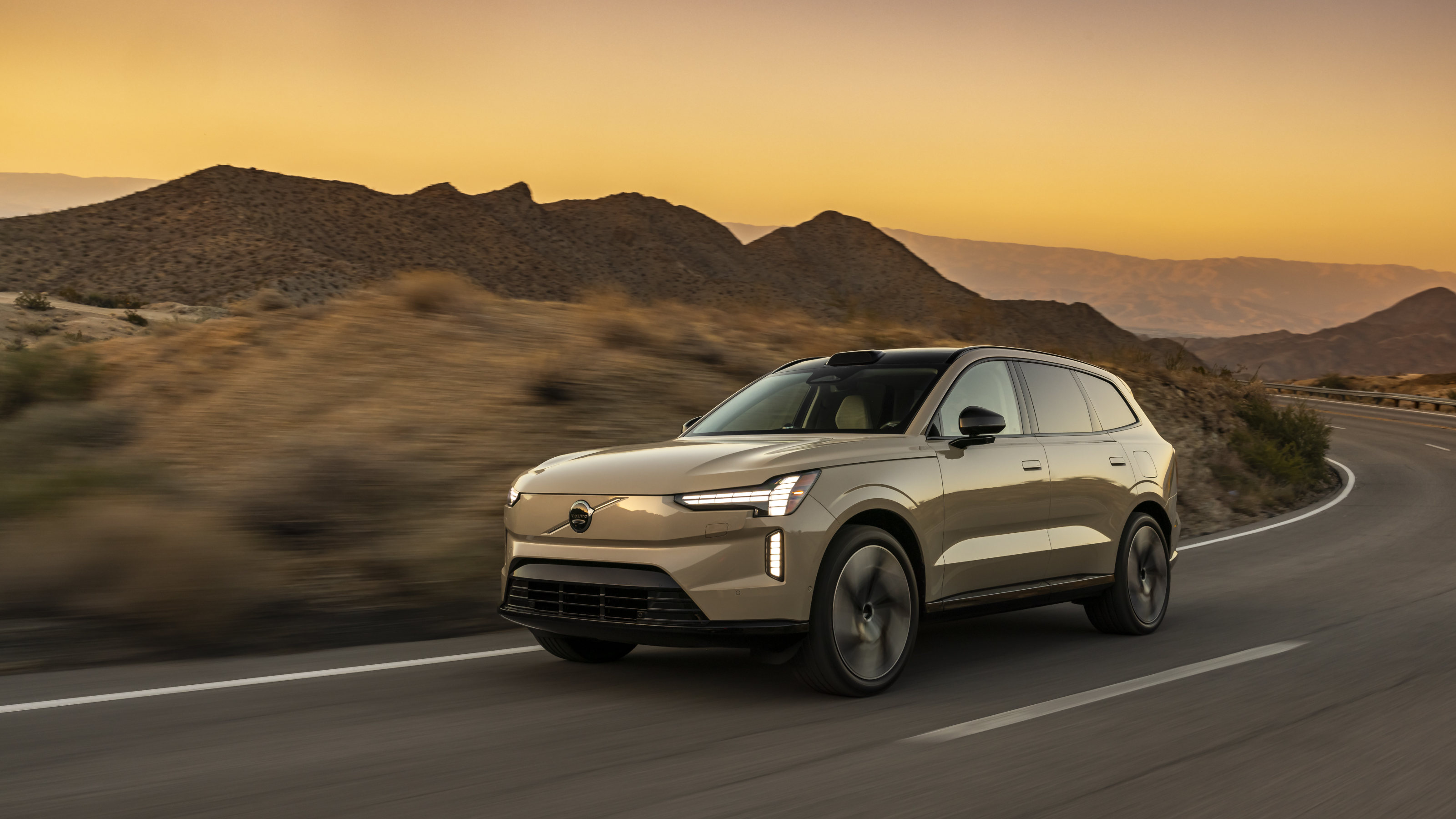
Volvo is trying to think a little differently and apply a minimal Scandinavian ethos to its current EV line-up. The act of packaging everything required to make an all-electric full-size SUV – most crucially a big battery – invariably results in a large, ludicrously swift and rather OTT object. Is the new EX90 something more?
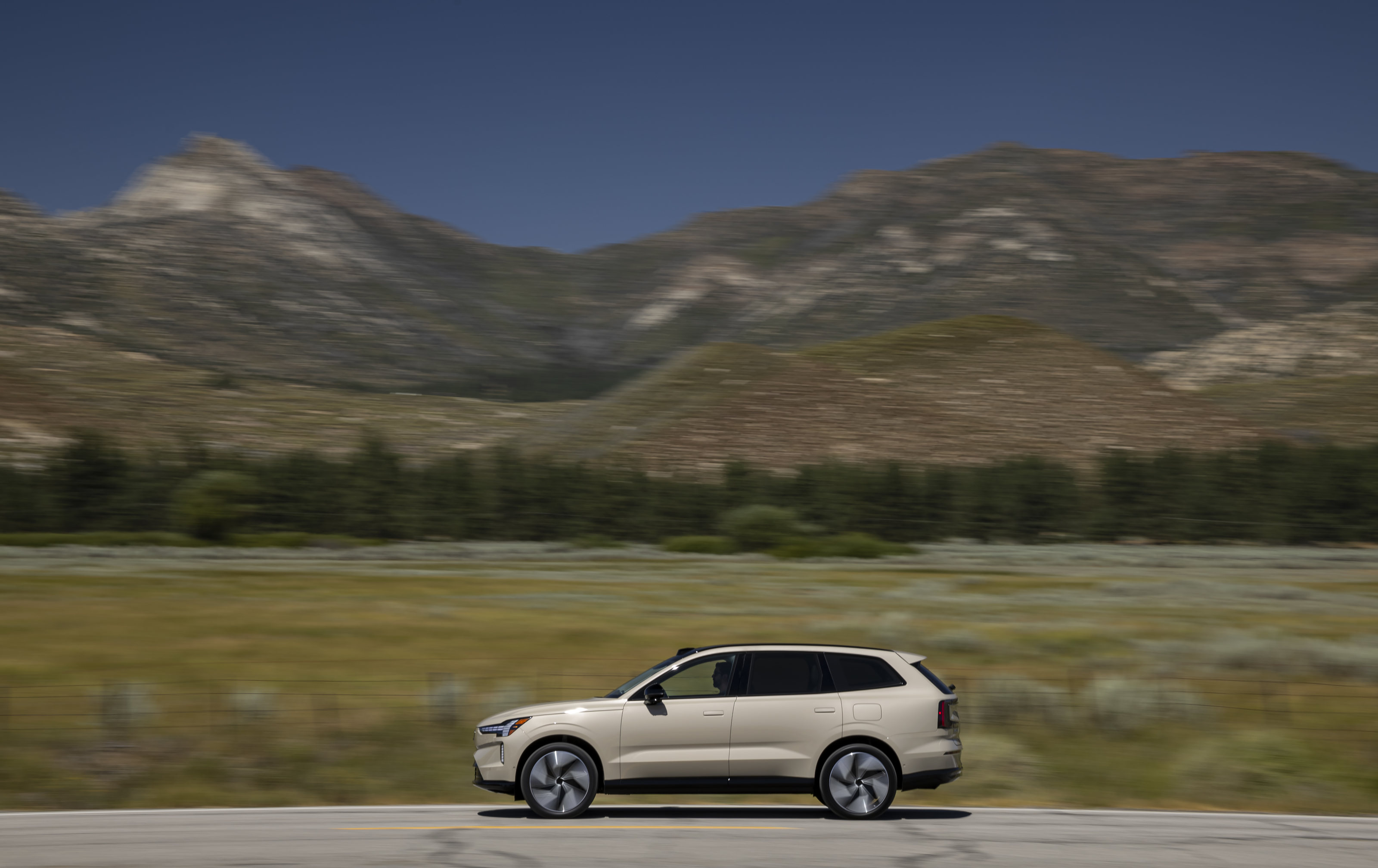
The EX90 is the spark-powered sibling of the newly refreshed XC90, the big SUV that first arrived all the way back in 2002 and rapidly became the de facto family car for huge swathes of Europe and America, usurping the estate car and setting us all on a path to SUV ubiquity. This dubious distinction aside, the XC90 has always been atypical of the breed, with a less domineering character despite its scale, a friendly Swedish sheen that’s entirely alien to a BMW or Range Rover.
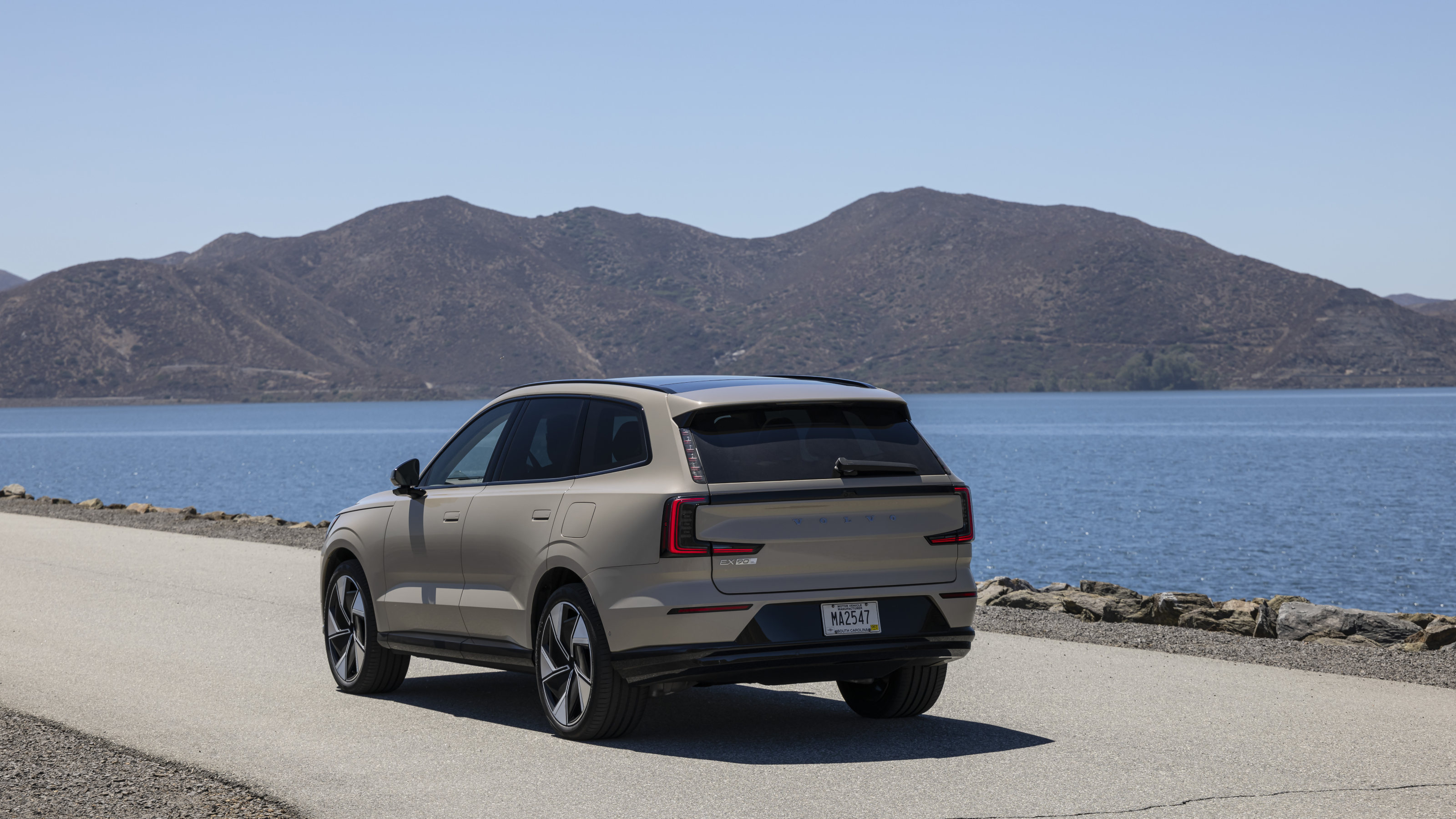
The EX90 shares similar proportions and packaging but is otherwise a completely different piece of engineering. Nevertheless, it mostly retains the Volvo ethos, honed over decades of quiet, determined brand development that has earned the company its reputation for unflashy design and rock-solid safety credentials.
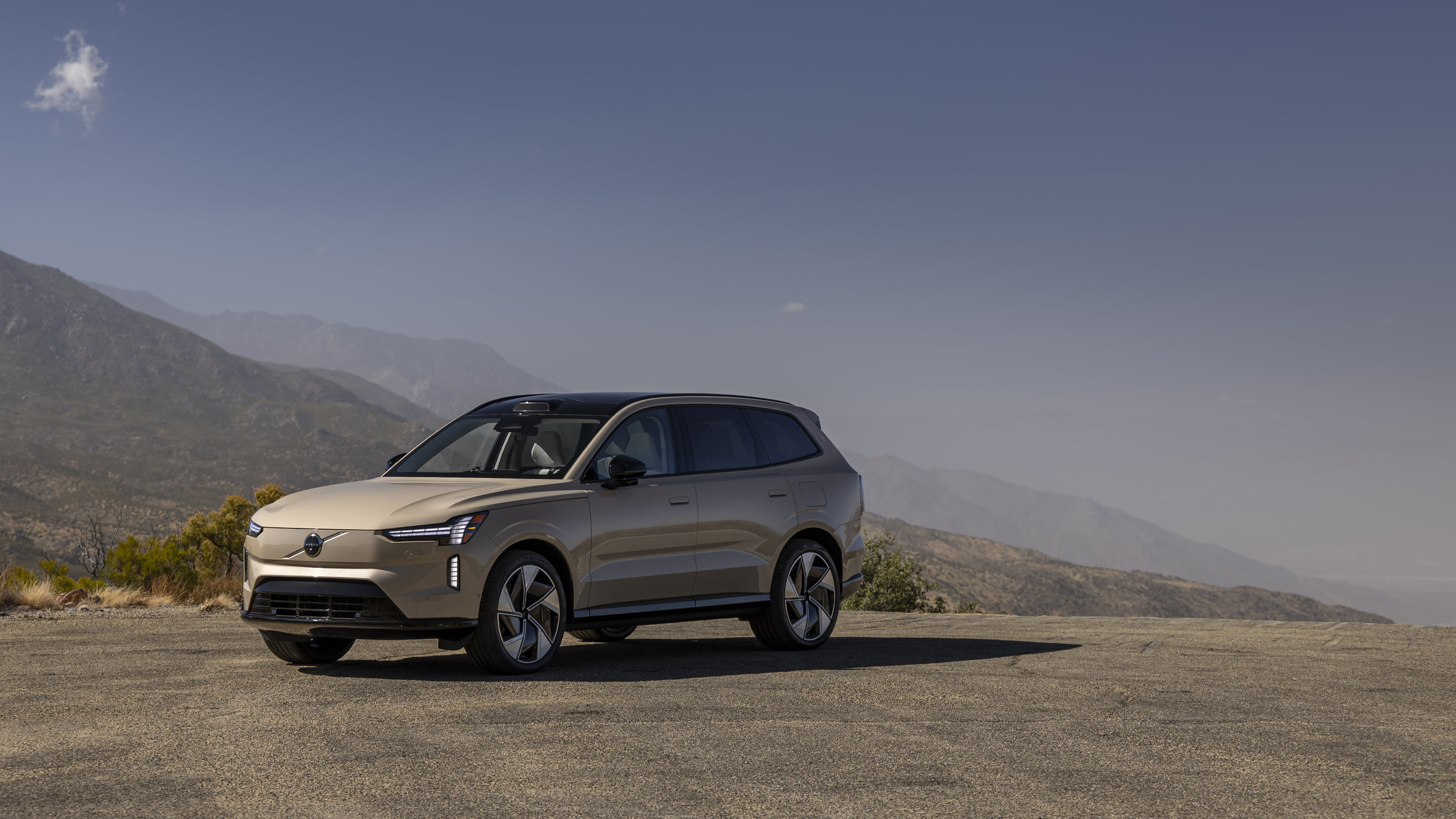
However, this image of a Volvo hewn from a solid lump of Swedish granite was rather undermined by a few spots of dubious build quality on our test car, built at Volvo’s facility in Charleston, South Carolina. The EX90 will also be made in Daqing, China, primarily for that market, where it will be fielded amongst a growing number of dedicated electric SUVs, many of which share its underpinnings courtesy of parent company Geely.
With a fresh round of import tariffs being imposed on Chinese-made cars, the once huge advantages of manufacturing there have been effectively wiped out, leaving companies scrambling to revise sales predictions in foreign markets.
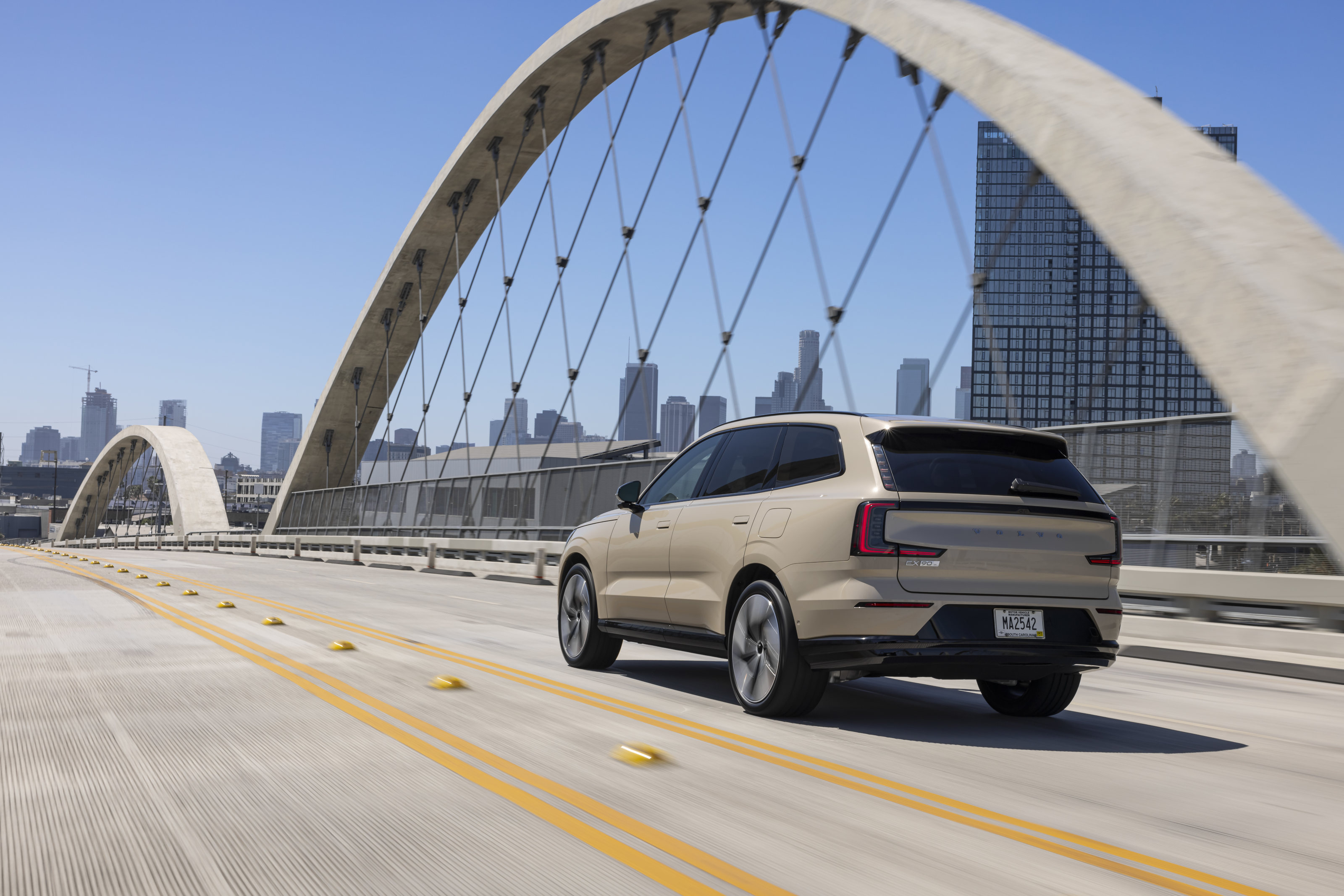
How will that impact on Volvo going forwards? In addition to the EX90, the EX30 also lands in the US soon, a twin-pronged assault on a market weaned on Teslas but now in search of something different. However, it’s no longer enough to rely on the ‘boxy but good’ cliché of the past, especially in image-conscious California, so these new electric Volvos need to deliver a spark as well as practicality.
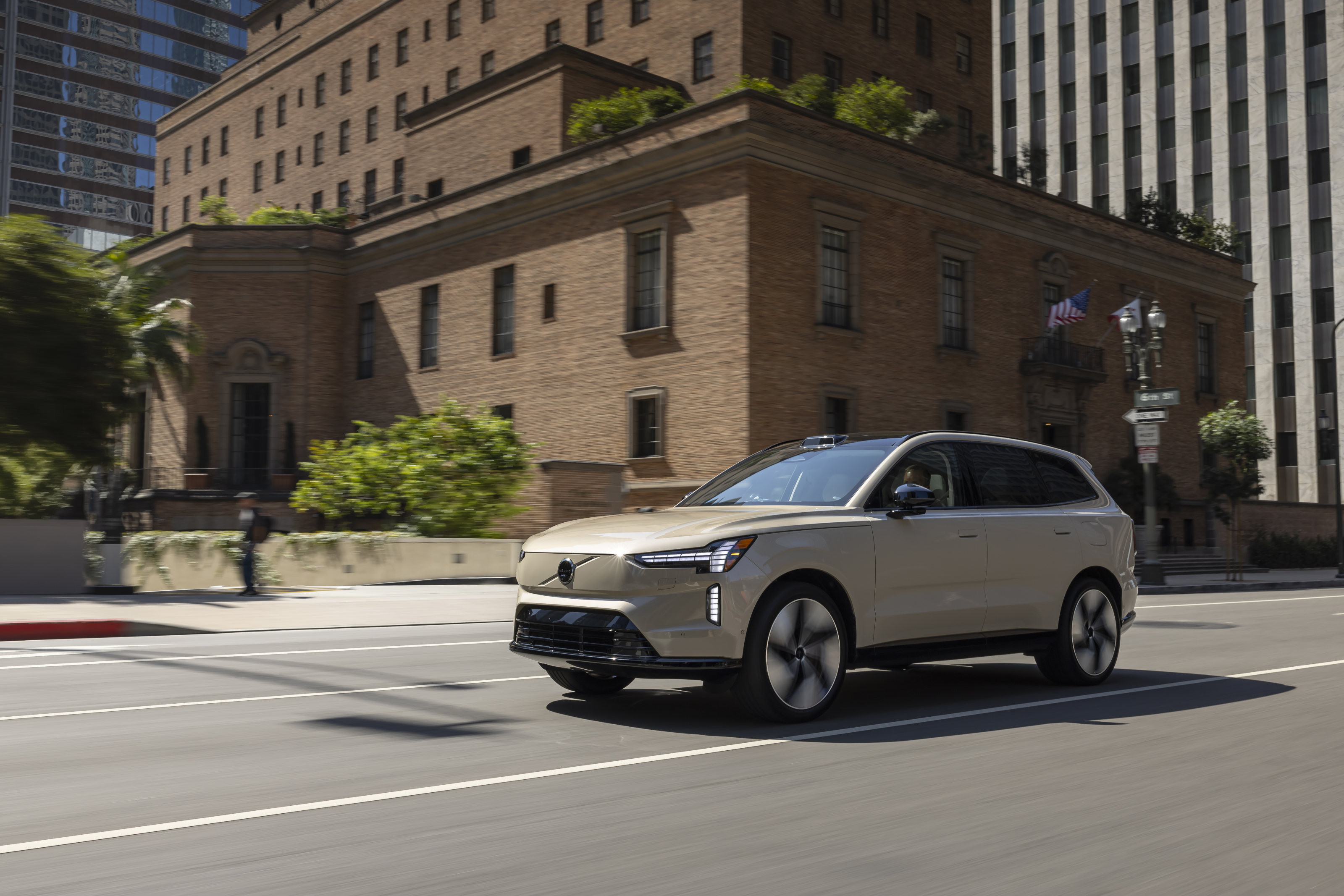
We attended the EX90’s American launch to find out for ourselves. This particular part of California is moneyed but unadventurous. Apart from the occasional bloom of boho esoterica along the edges of the Pacific coast, too much of Irvine County and Newport Beach in particular, is given over to over-scaled taupe recreations of an imagined Tuscan idyll, Italy via Disney, valet parking and biting cold air-conditioning that’ll set your teeth on edge.
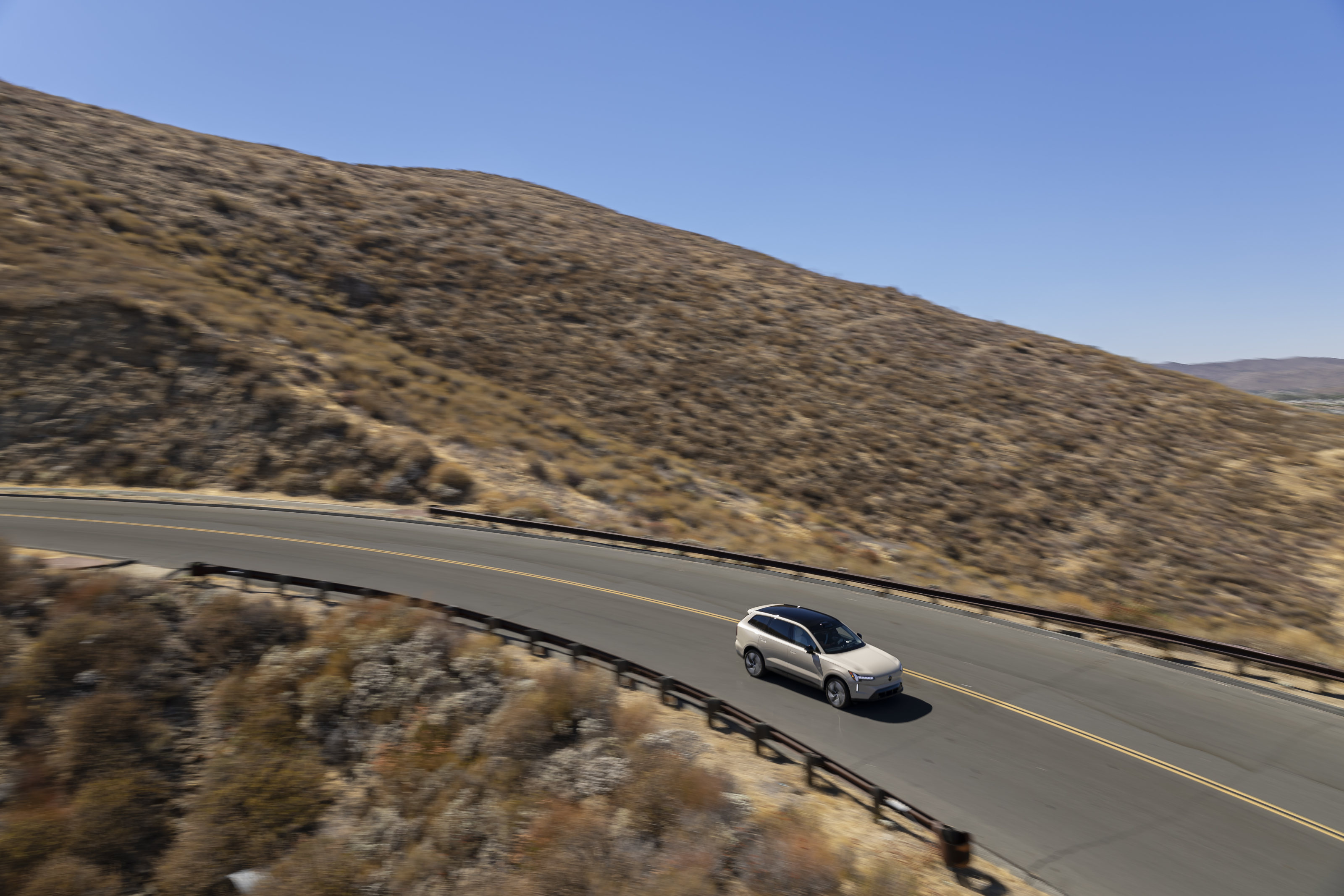
Our hotel took this to extremes, with cascading neo-Roman villas set alongside the inevitable golf course, complete with pseudo viaducts, a ‘coliseum’ (a restaurant around a circular pool) with a defiantly ersatz temple of Diana located in the middle of the links. It was an environment that couldn’t be less Swedish if it tried, and the strong Californian sunshine even seemed to burn off some of the team’s enthusiasm for their own product.
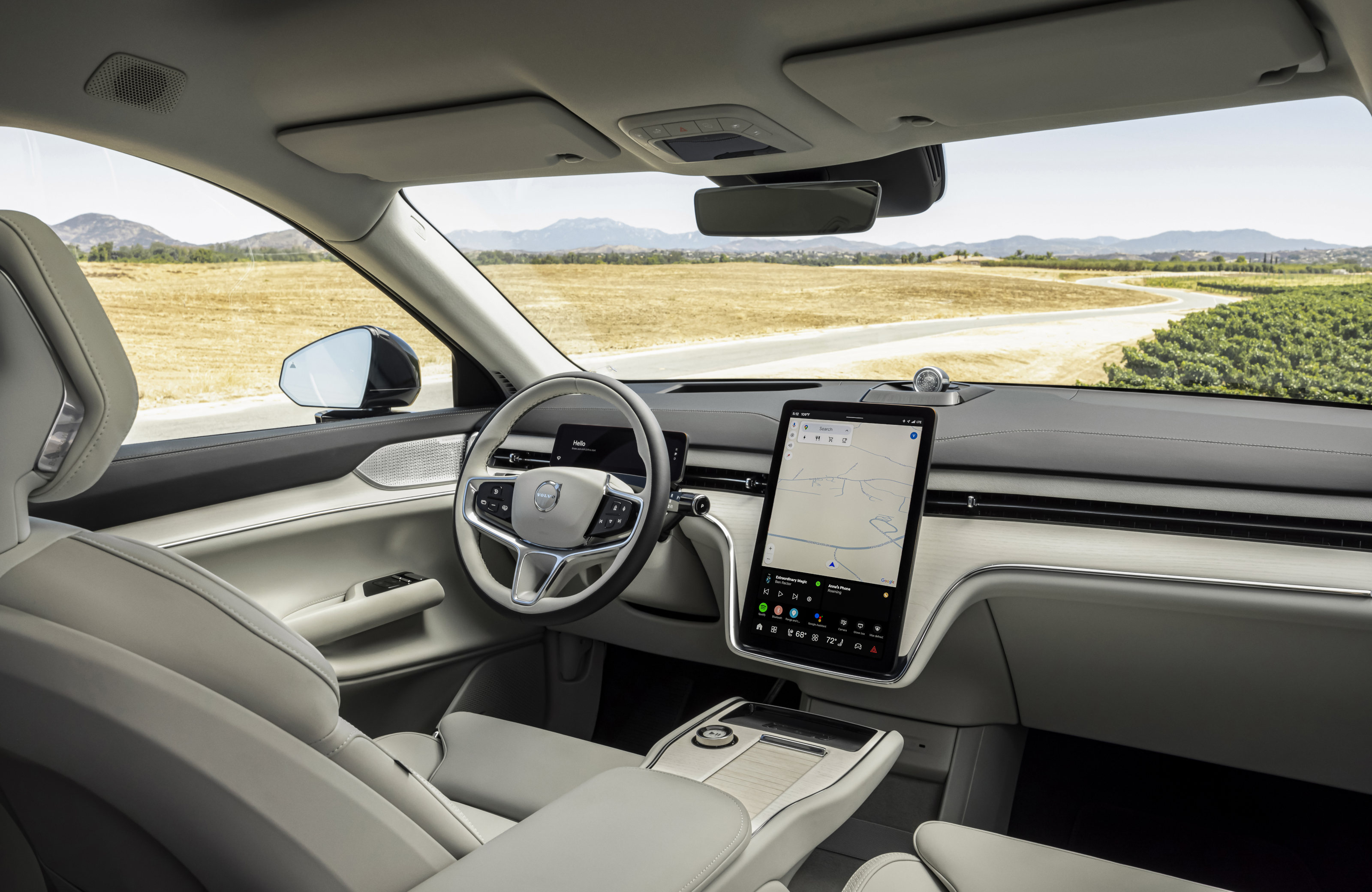
As a result, the EX90 was very much left to speak for itself on the broad highways and arid SoCal landscapes, with only a brief interlude along twisting canyon roads. Although the Sand Dune paint helped it blend into the arid architecture and landscape, our first impressions were of an understated, elegant car.
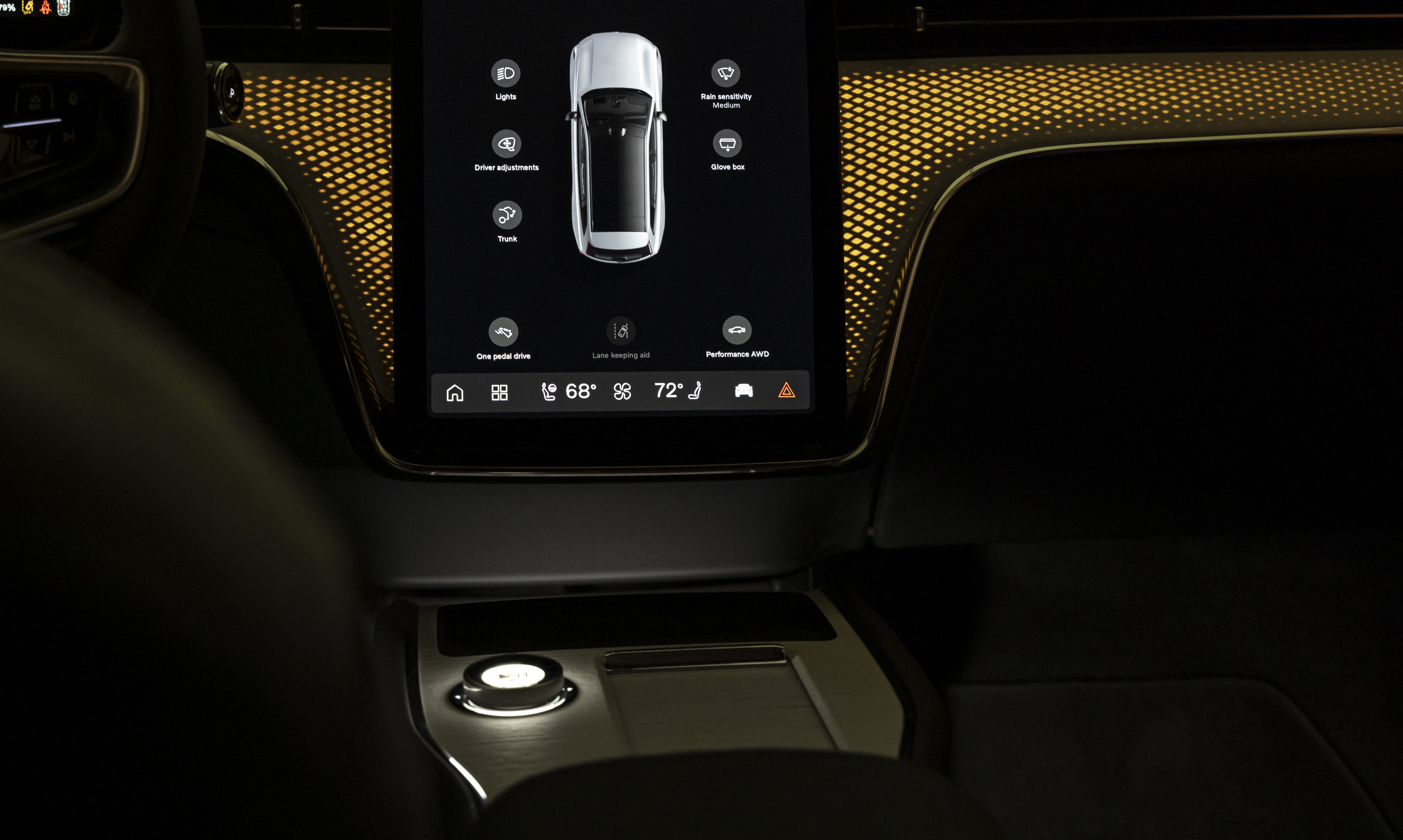
The EX90 has boatloads of clever tech concealed beneath a smooth, unruffled surface. As we’ll see, this is both good and bad, although the headline news is that Volvo’s interface is one of the best in the business, with Google-aided mapping, clean, readable text and an overall aura of quality and class.
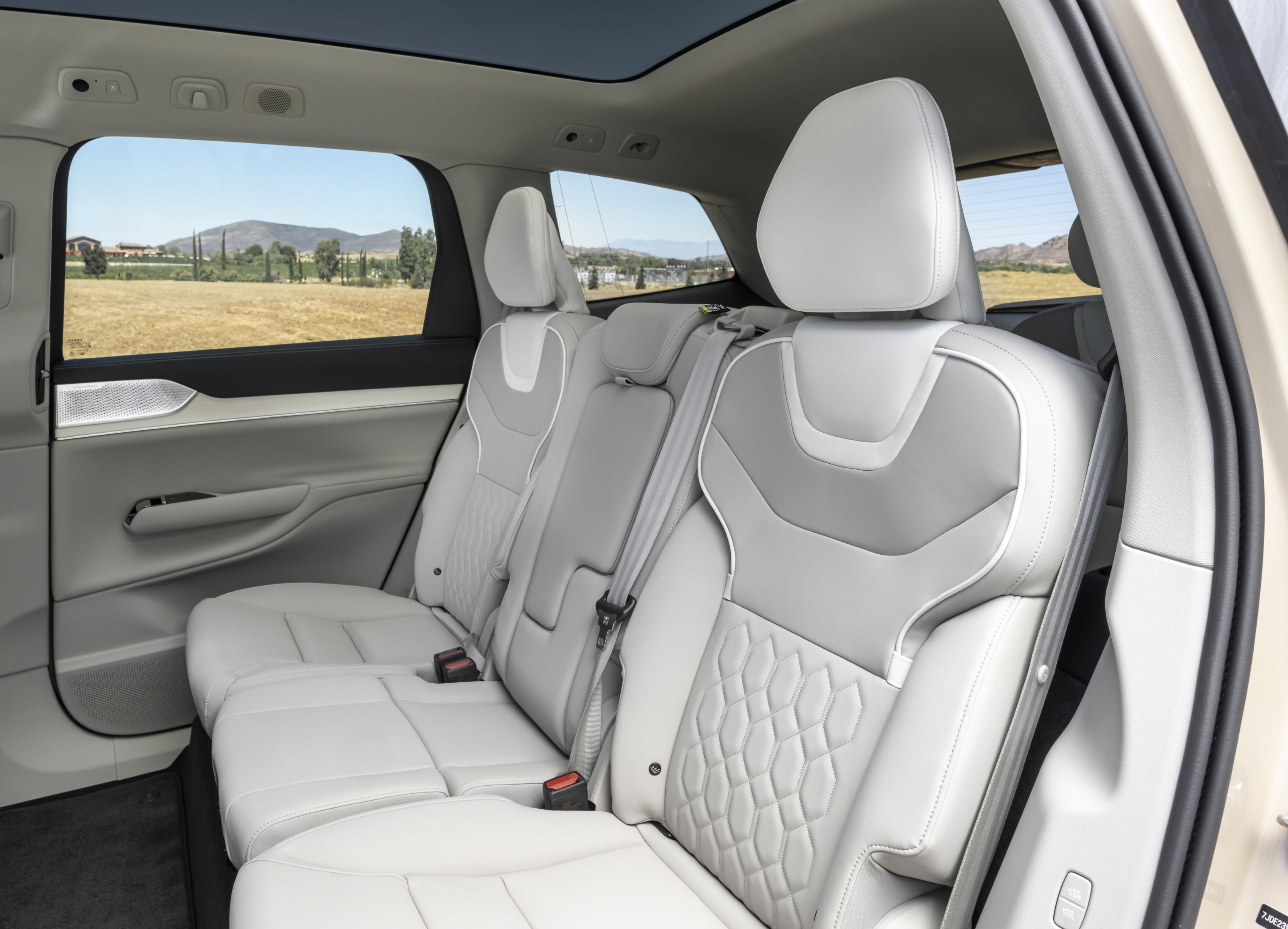
Bright and cheerful interior is helped by a combination of a full-length rooflight and 72 SunLike LEDs, sourced from South Korea. Trim is finished in a special Nordico upholstery, made from recycled materials, as an alternative to leather, and a host of other benefits, including air suspension, soft close doors, four-zone climate control and 22-inch wheels.
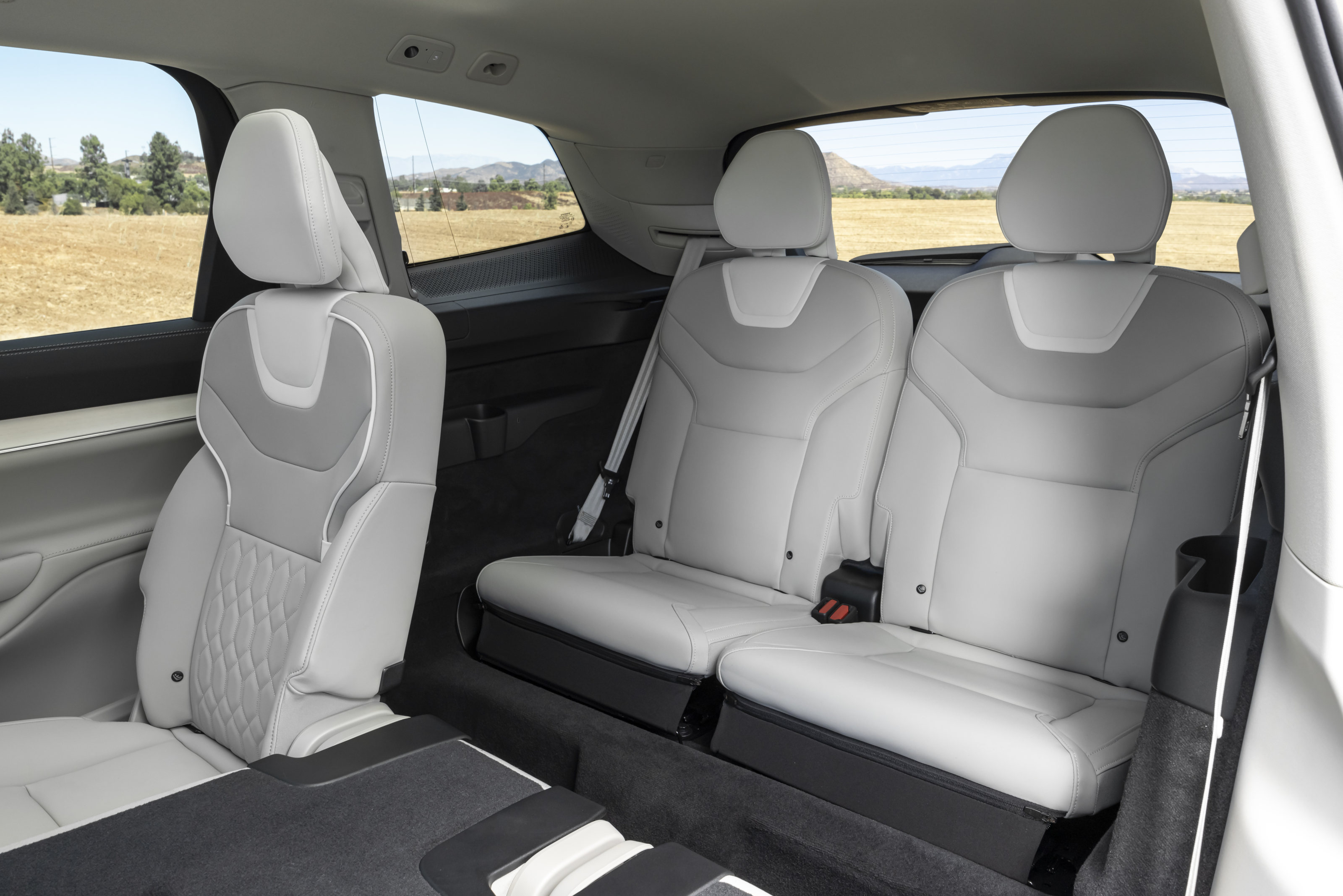
Volvo only has the Twin Motor version of the EX90 available right now, with a cheaper single motor model on the way. The launch event offered two levels of performance, Twin Motor Ultra and Twin Motor Performance Ultra. Although the latter offers the equivalent of 517hp and a sub 5.0 second sprint to 62mph, both have the same maximum range, 374 miles.
The fastest available charging facilities (250kW) will take the 111kW battery from ten to 80 per cent in half an hour. So far, so good, and even better on the open road, where the refinement is absolutely top class. The powertrain is smooth and silent, and the EX90 only gives away its quite considerable weight when braking heavily or tackling a corner at speed.
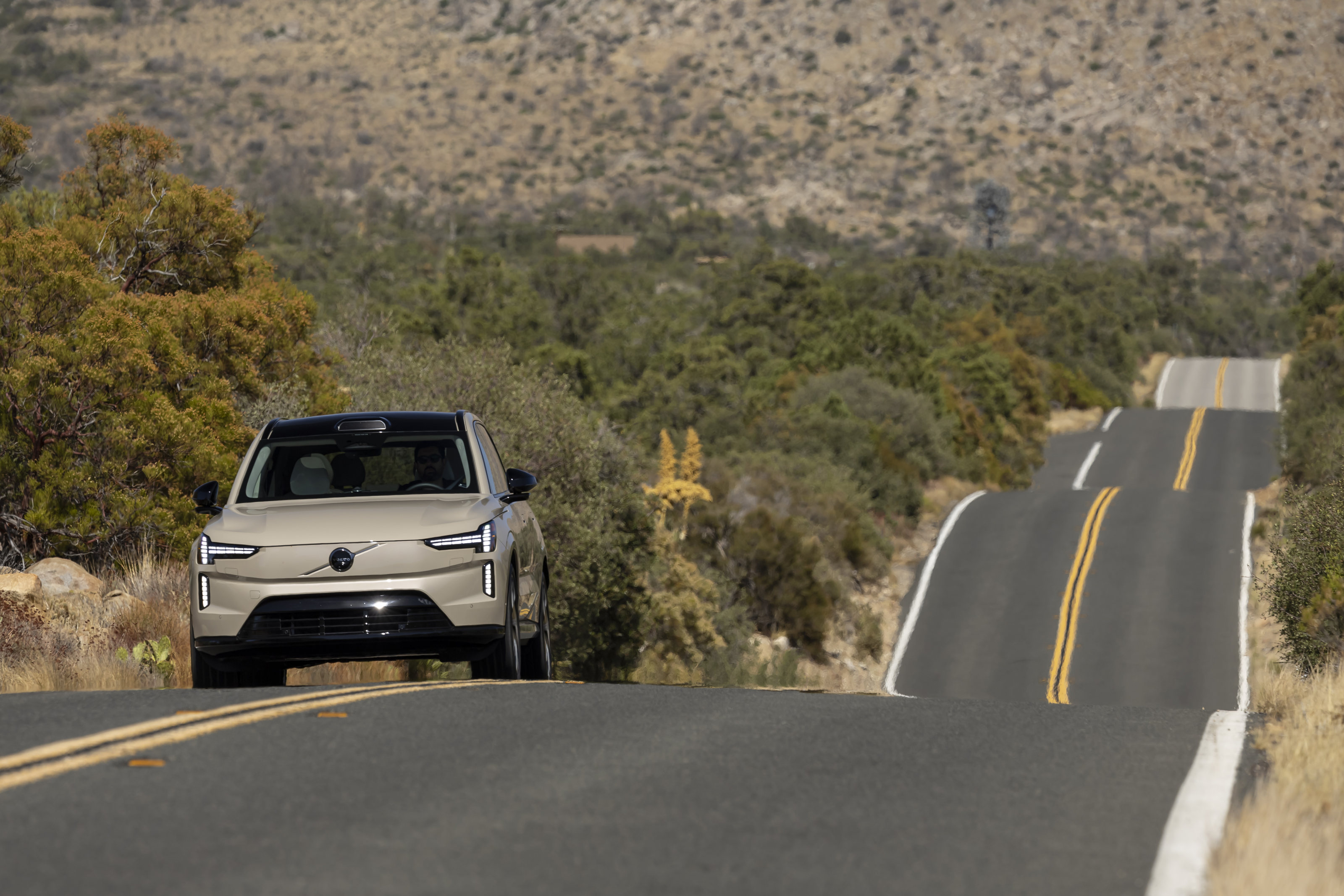
Although the latter is not an especially ‘Volvo’ activity, you can rest assured that safety – both active and passive – is still highly regarded within the company. One of Volvo’s top engineers explained how the company still honours its commitment to investigate every single Volvo-related accident within an hour of their Gothenburg HQ, building up a vast database in the process.
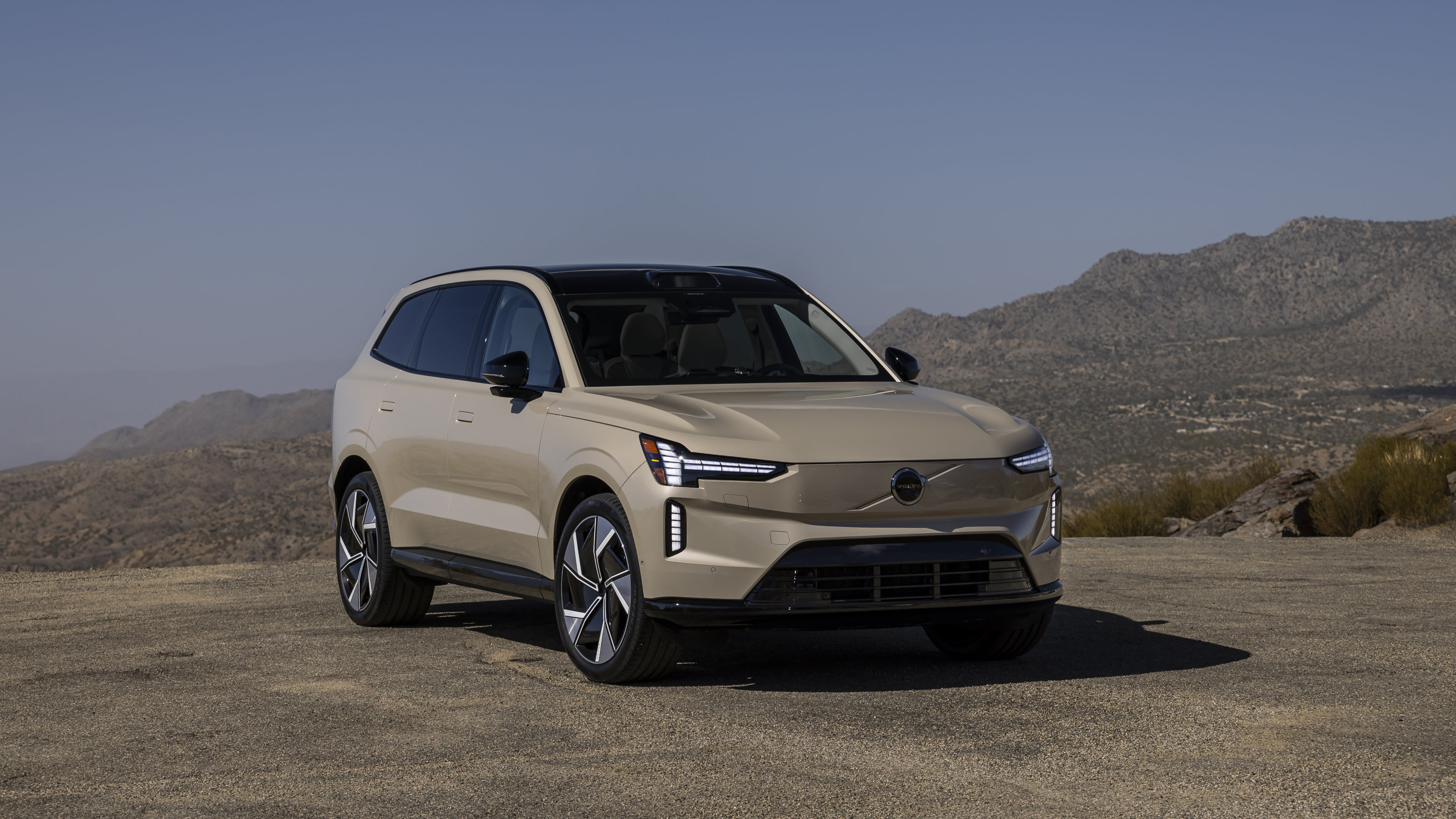
That said, there are a couple of baffling UI decisions that seem to go against this core principle of safety first. Adjusting the mirrors and steering wheel is done via a combination of touch screen and dreaded capacitive buttons, whilst even the glovebox must be opened via the screen.
Volvo’s DNA can’t help but feel diluted by these decisions, especially when barely 20 years ago it boasted that its ‘climate control systems are designed to be simple and easy to operate, with clear, logical symbols and controls that can be operated with gloves on’, helpful in a snowy Swedish suburb or a chilly Coloradan ski resort. That prosaic approach seemingly no longer applies now that all HVAC controls are relegated to the screen. Thankfully there’s still a (rotary) volume dial on the centre console.

Other highlights include the presence of seven seats, although the six seat option, with its tiny central aisle, feels more spacious. We can also attest that the standard 25-speaker Bowers & Wilkins system with Dolby Atmos is genuinely astonishing, one of the best we’ve ever experienced in a car – helped hugely by the simplicity of the cabin and the EX90’s exceptional refinement and lack of noise.
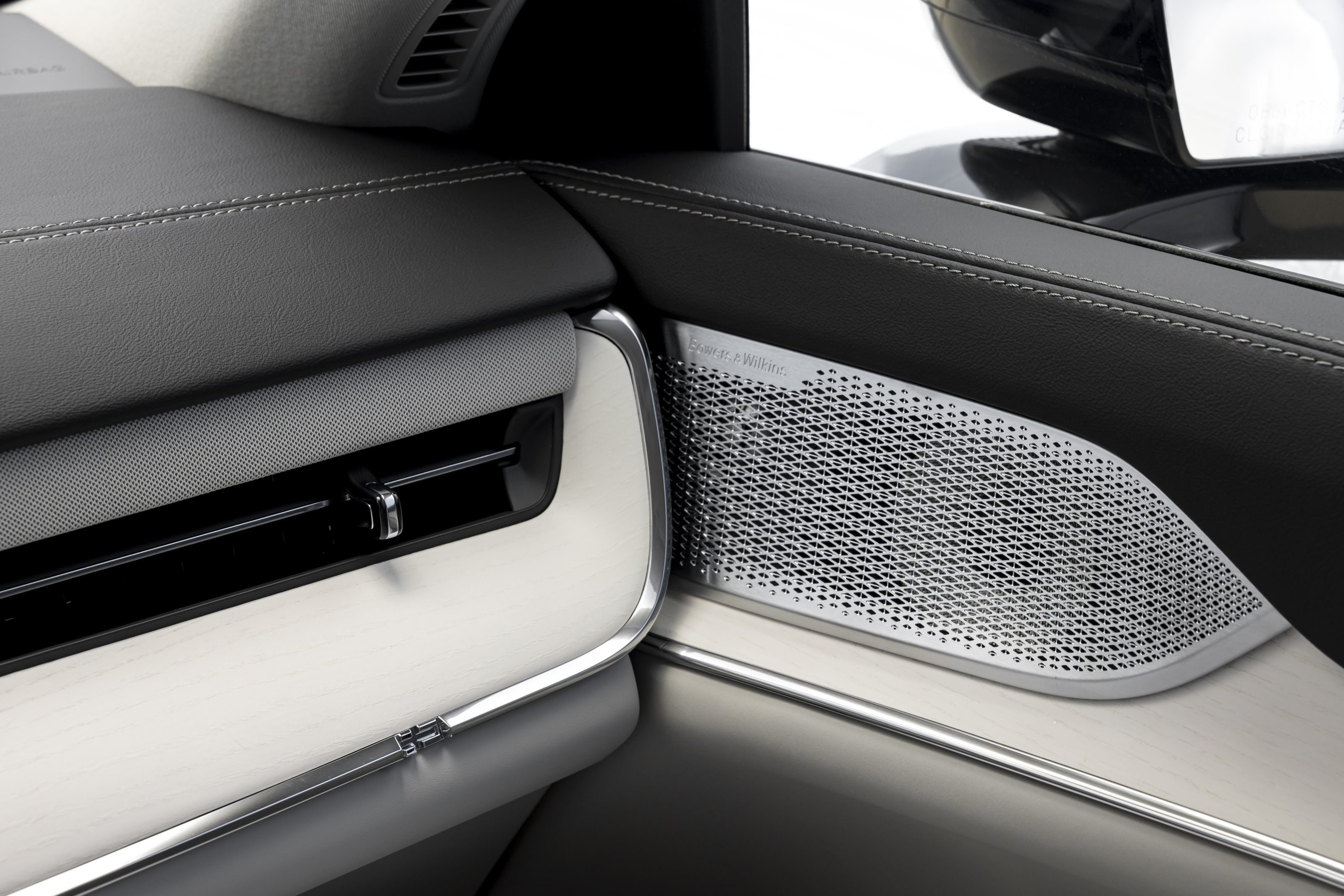
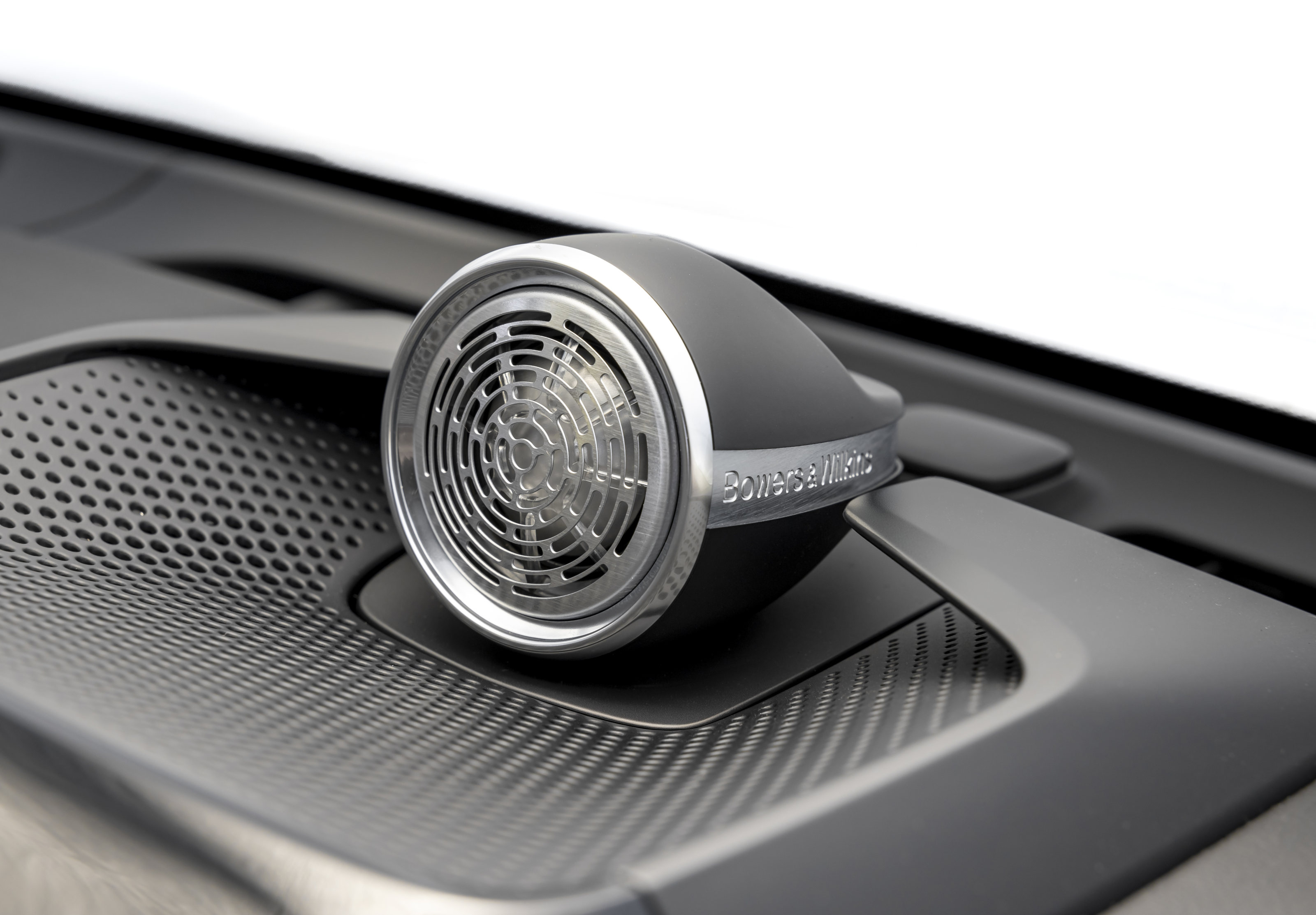
One downside of the era of the connected car is that all features might not be available at launch time. Volvo was rumoured to be keeping several functional aspects back until the car’s first OS update, including adding more power and capability to the LiDAR sensor that sits prominently above the windscreen. This too has been harnessed by the safety team, adding another layer of data collection (on top of radar sensors and cameras) to build up a comprehensive picture of the car’s environment.
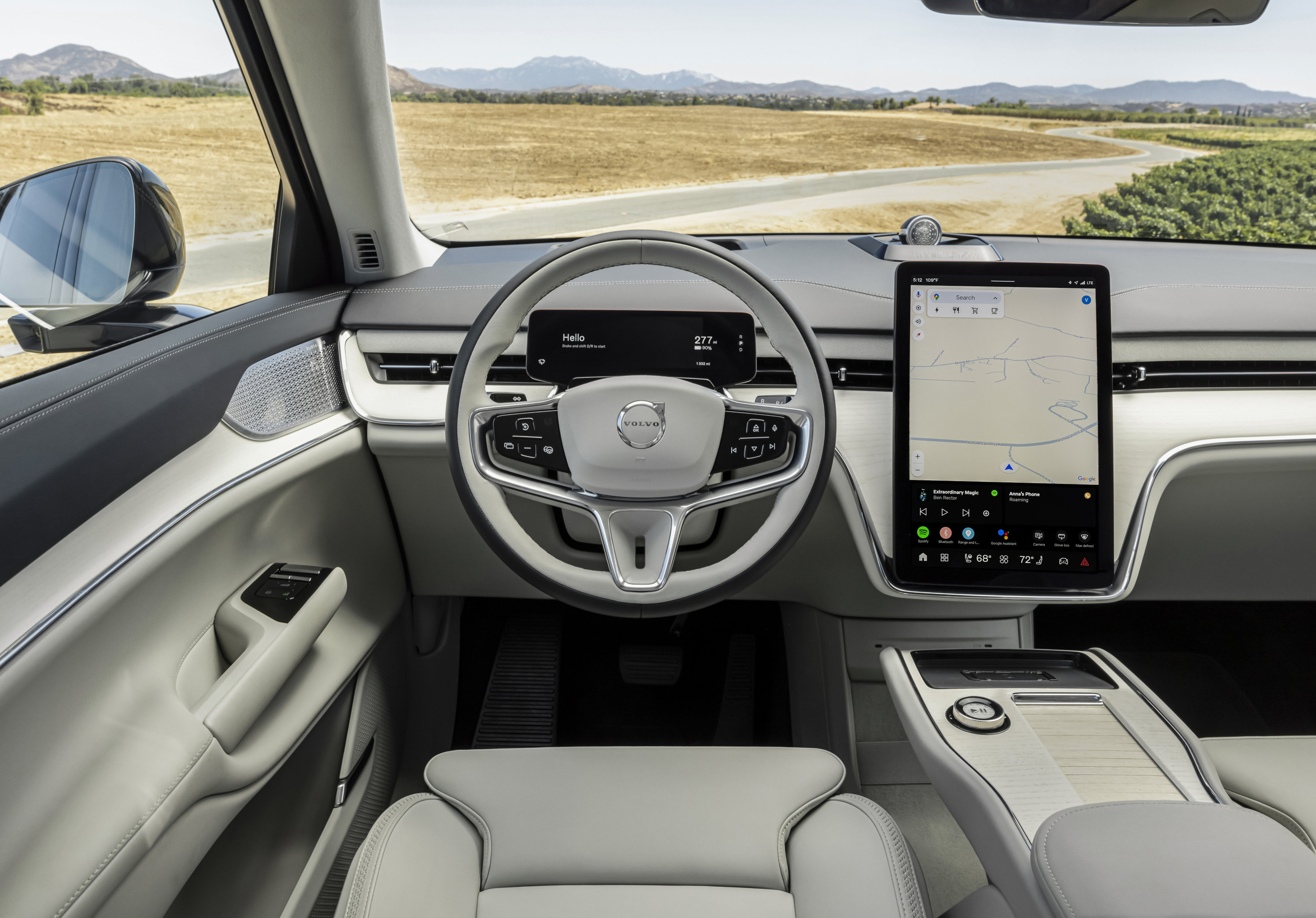
With autonomy no longer the buzzword it once was – and no company willing to be drawn on a timescale – expect sensors to be given over to safety functions, rather than the science fiction that is total self-driving. Whilst driving characteristics can be carefully for each brand and market, just like physical design, it’s also worth noting that under the EX90 is a platform shared with the Polestar 3.
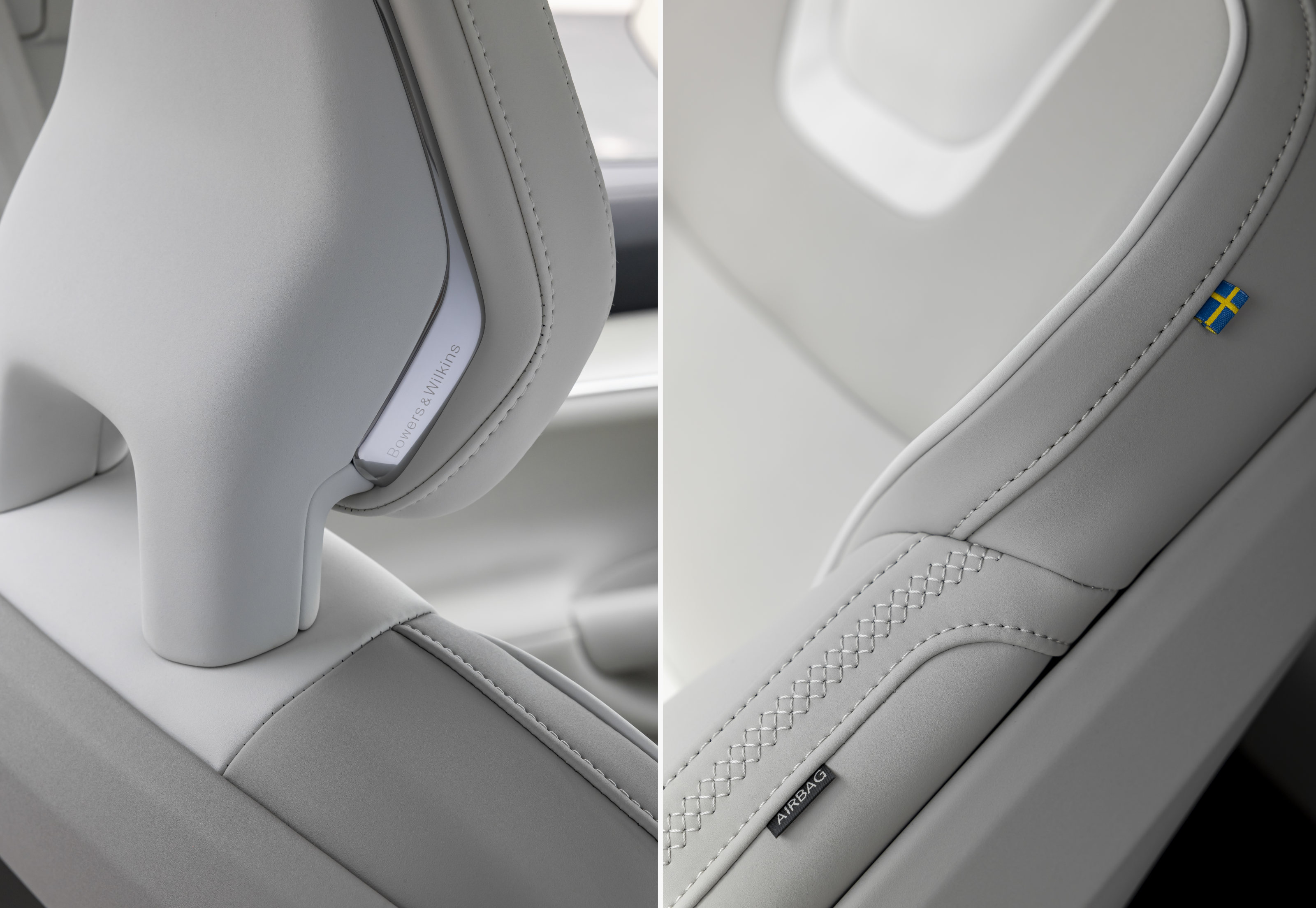
The EX90 should be an easy win for Volvo, especially in markets that have completely and utterly succumbed to the SUV. Although it doesn’t have the verve and compact chic of the EX30, it’s an accomplished and refined machine and the best electric seven seater on the market.
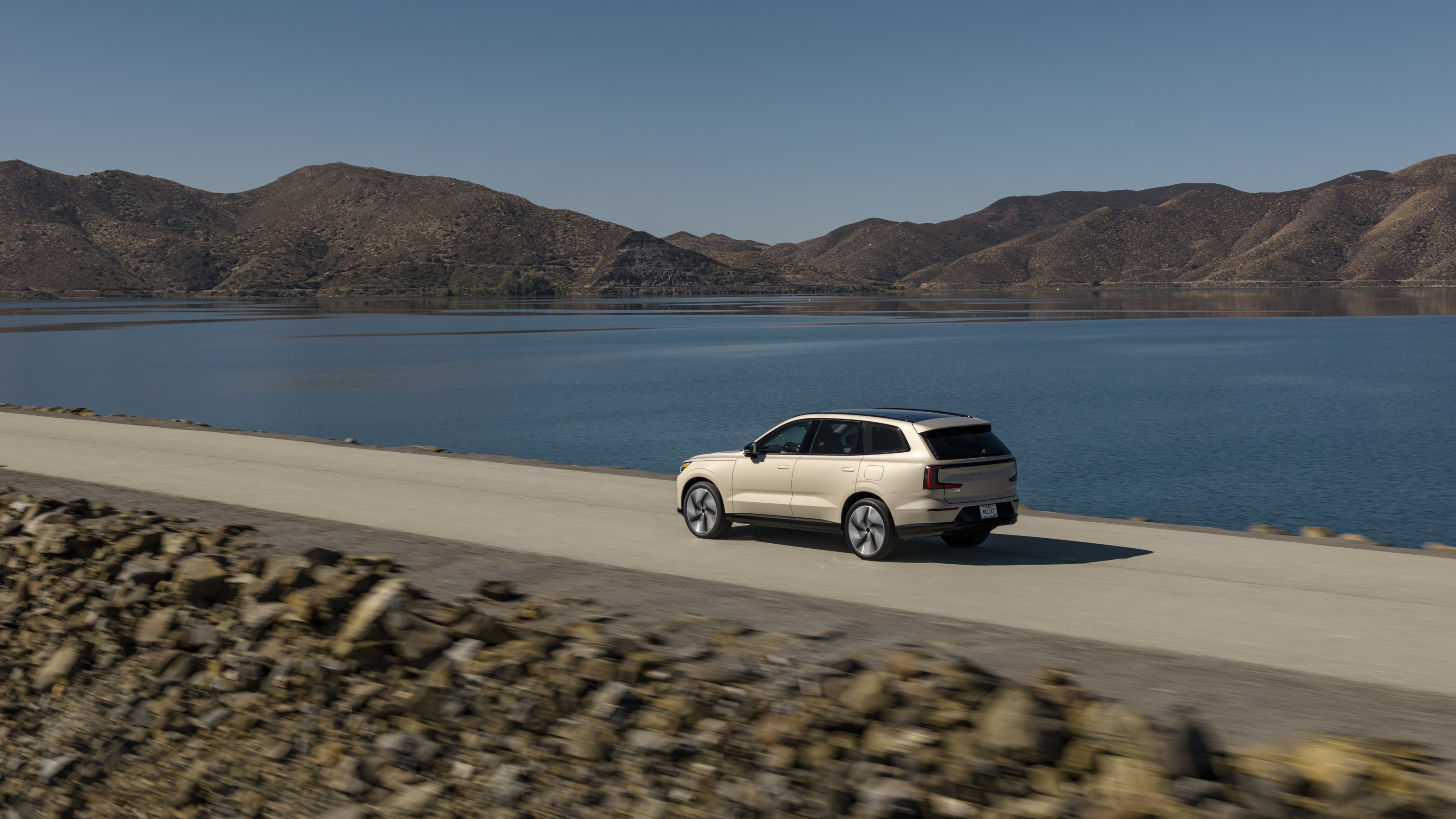
Volvo EX90 Twin Motor Ultra, from £96,255, VolvoCars.com, @VolvoCars







